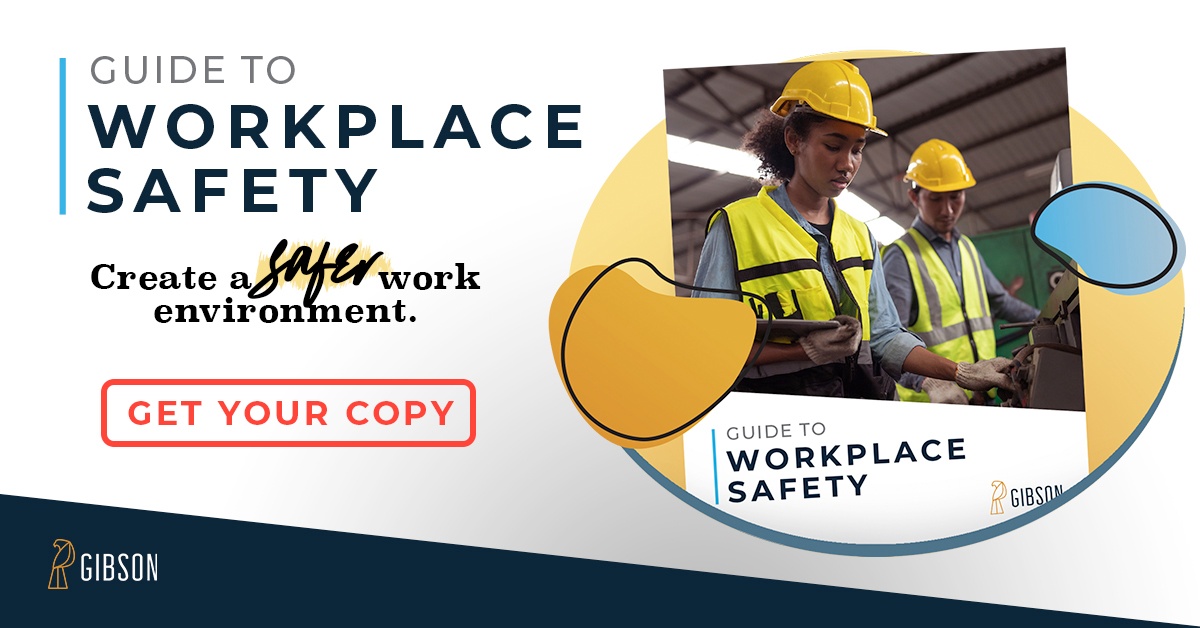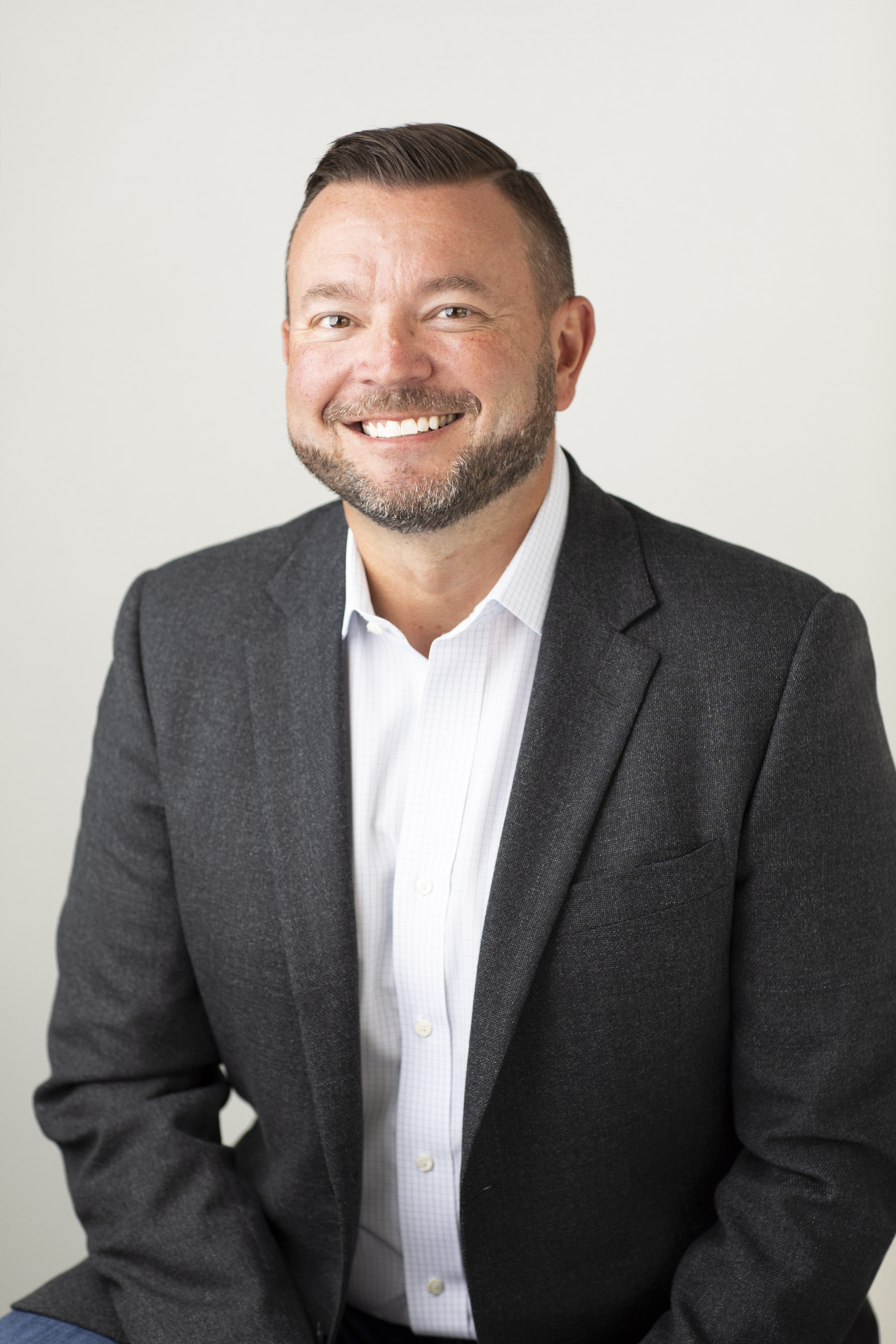In his blog Mindful Matters, consultant George Altman writes that the Gallup organization found only 30% of U.S. workers are truly engaged in their work. As he points out, that means 70% of the workforce are not meeting their full potential. Gallup estimates this lack of engagement costs U.S. businesses about $500 billion per year.
So what does an unengaged employee look like? Chances are you’ve seen them lurking around your organization.
Workplace culture warrior Matt Monge describes the unengaged as “corporate-logo-bearing zombies” who “punch a clock” and “meander to their workspace”. As Matt says, “there’s no real passion, no real desire, no pressing urgency about their work.” Lack of engagement leads to lackluster results and high turnover for organizations.
My friend Tim Hindes is co-founder of Stay Metrics, a company devoted to cutting edge strategies to reduce driver turnover in the trucking industry where lack of engagement can mean turnover rates pushing 110%. Tim thinks of engagement as, “The point the employee sees themselves and their work as being a valuable part of something bigger, something they are proud of.” While Tim’s organization has a specific focus in trucking, the principles remain the same for other industries.
“You see, engagement manifests itself in your workplace as focused work, dedication above and beyond…it’s almost as if they are paying the love back!” said Tim enthusiastically. “You’ll also see loyalty – extreme loyalty in some cases – as well as deep interest in their job. And most likely they’ll have a critical tone toward others lacking their passion.” In other words engagement can become contagious.
Improving Engagement
Tim believes it starts with trust or a lack thereof: “A majority of the workforce has been witness to large organizations randomly laying people off, closing plants, and doing things that have produced a large degree of distrust between the working population and corporate America.”
So an organization should start by creating a trusting environment. This requires some creative thinking as they need to move away from the model that produced all the distrust in the first place.
Beyond the trust, employees really do want to add value to their organization. If you aren’t able to help them see that their work is meaningful and making a difference, they won’t stay engaged very long. Matt Monge writes, “Employees need to know their work is relevant. They need to know it matters. And they need to know how it matters and to whom it matters.
“Next, leaders need to ask themselves: Why would somebody come and work for me? What is so special about our organization? You have to make sure that there is an answer to that. If you can’t answer the ‘why’ question you will have difficulty building a culture of engagement,” said Tim.
I’ve seen firsthand what Tim is talking about. Prior to starting Stay Metrics, Tim led Bounce Logistics. I had the pleasure of visiting him there on several occasions. Inside the doors it just oozed fun. All over the place there were charts and posters with the daily and weekly results. The teams were competitive and engaged. Everyone knew their role and how they were making a difference.
I asked Tim what the number one contribution was that he made to strong engagement. “As a leader I had to build a company their mothers would be proud to have them work at. The second was to treat every employee as if I worked for them. This meant I had to understand their wants, needs, and fears and help them grow. My expectation as an employer has always been to treat employees better than they had ever been treated before,” said Tim without hesitation.
On the opposite end, Tim said he sees leaders failing in the area of employee engagement by trying to put in tactics and strategies before they fix the core culture of how they treat one another. “Employees can see through this,” said Tim. “In today's corporate culture very few leaders understand that employees are really looking for a home, something good that they can be part of.”
What’s The Risk?
The risk of an unengaged workforce is apathy. You won’t see the passion and desire required to win in today’s competitive environment. Simply put, the lost productivity equates to some pretty significant dollars being left on the table.
If you get it right, engaged employees are a catalyst for the whole organization. It’s a true competitive advantage. Says Tim, “It compounds when they’re in groups as they create a fun environment that they and others like to be in. You'll hear your people say they actually ‘like to come to work’. You’ll see it too with high quality and quantity of work. And absenteeism is lower as well.” In essence, if you only do one thing to improve engagement levels, create a mechanism that forges connection between individuals’ jobs and organizational strategy.
Tim Hindes and the others gave me a lot to think about. I feel good about the trusting environment we’ve created at Gibson. I believe we treat each other with respect. We care about our workforce and even implemented an ESOP, providing ownership to all.
We’ve certainly communicated and brought the overall company vision to life, but I really have to wonder whether we’re doing a good job at the individual level, making sure everyone knows how their role and their work is relevant? I think we have some work to do. Making sure we hold each other accountable is key. The good news is that our work does matter. We just need to make sure everyone knows why, how, and to whom. And Tim Hindes, getting that right will make my mother proud of me!




